Looking for Jade in Myanmar
by Ken Rock, MSDC Editor
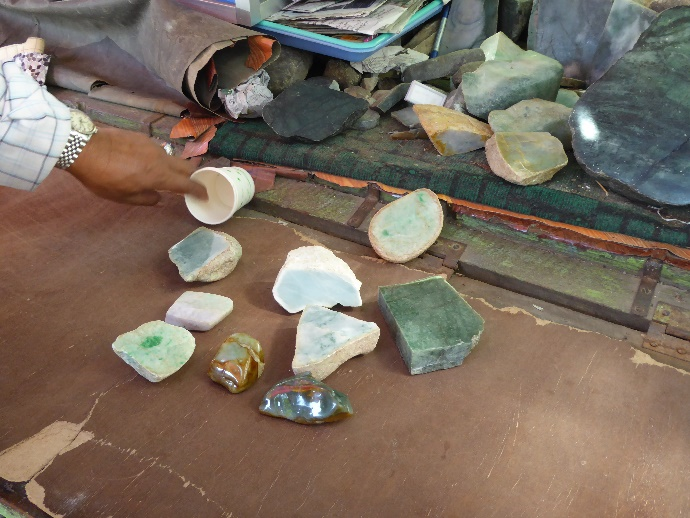
Being a mineral collector always adds an extra fun dimension to travel. A few years ago, I had the good fortune to go on an organized group vacation trip to Myanmar that included many pagodas, stupas (pagodas with no doors), Buddhist temples, working pottery villages, and (for me) lots of looking at gemstones and jade that Myanmar (formerly called Burma) is famous for.
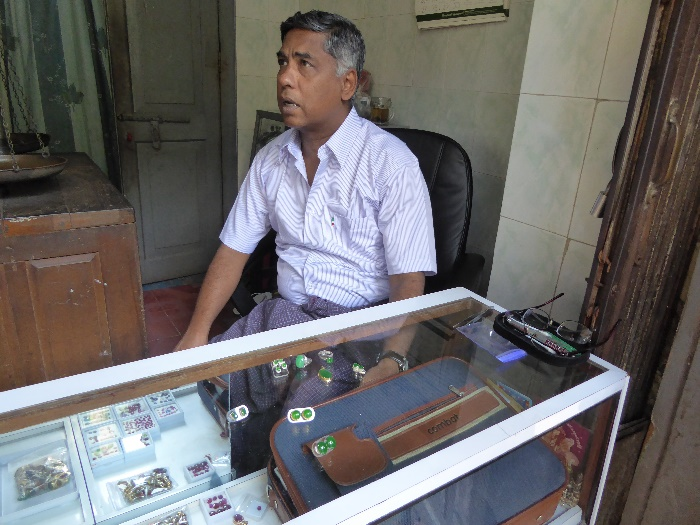
Two highlights that I will mention here are an early morning visit to the famous jade market in Mandalay and a trip to the national gem museum in Yangon (Myanmar's largest city, formerly called Rangoon). My first exposure to jade in Myanmar was close to the hotel -- even the streets of Yangon have an area where the jade vendors congregate, offering a variety of types and colors of commercial-quality jade.
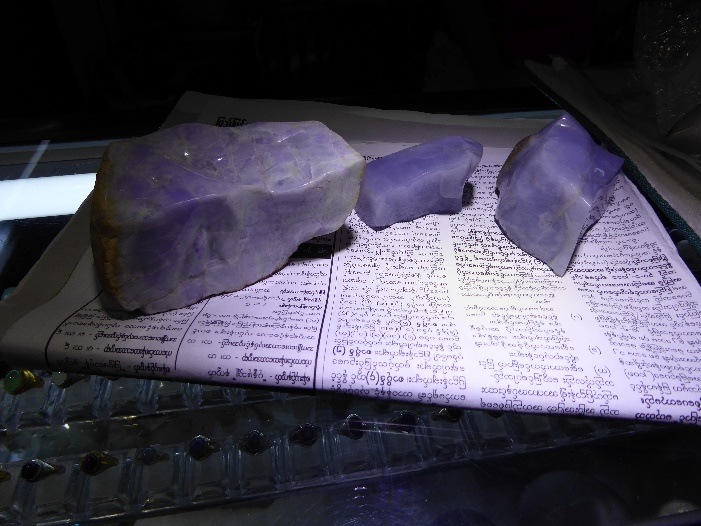
Mandalay Jade Market
The jade market of Mandalay, located in central Myanmar south of Mogok, the area most famous for its fabulous rubies, is the world’s largest. It is in this market that many millions of dollars of jade are cut, polished, and traded each year. You can find a short YouTube video showing the Mandalay jade market HERE. Note the ubiquitous use of high-intensity flashlights in the video to inspect the translucency and overall quality of jade specimens.
My group was in the area for a boat trip on the Irrawaddy River and my suggestion for a group visit to the jade market was rejected because of schedule – and, of course, not everyone is interested in jade. Our guide said that he would take me and other interested travelers on our trip to the market the next morning, but only if we would promise to get back in time for the morning’s scheduled activities. Upon arrival, we paid a small admission fee and noticed that the market was almost entirely empty because we had arrived before trading had begun.

Our guide chatted amiably with some young guys in the street who, we were surprised to learn, were professional jade buyers. Buying jade, as it turns out, is always a gamble. The idea is to make an educated guess about the quality of a boulder based on appearance (cracks, uniformity) and small “windows” cut into the stone to reveal color -- at least in that part of the stone. These folks are experts and do it every day. The Myanmar government also charges a tax at the wholesale jade markets, but it is not clear to me when this tax is paid or, for that matter, how much of the jade market eludes government taxation altogether.
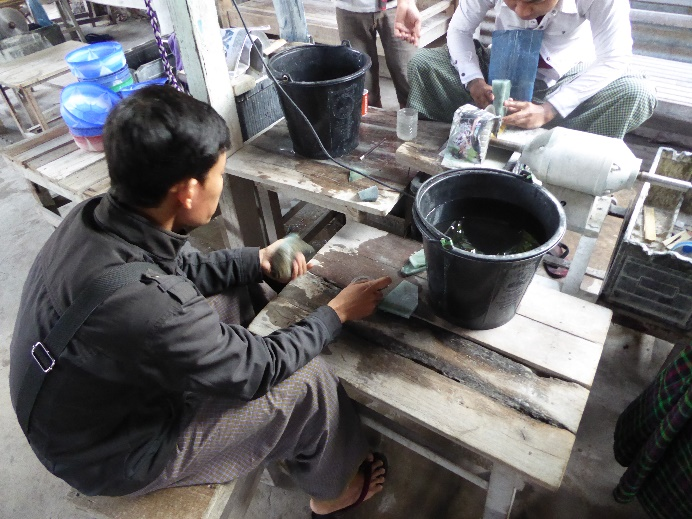
We did manage to see some jade cutters at work and by the time we left, a few of the stores outside of the jade market were open. Although I am most fond of lavender jade, I found the Imperial jade the most interesting because having a top color is only part of the game. Another key factor affecting value is translucency. Holding up some of the finest pieces up to the light reveals this remarkable property of high-end jade. The bottom line: it’s all about color, uniformity, and translucency – but mostly color.
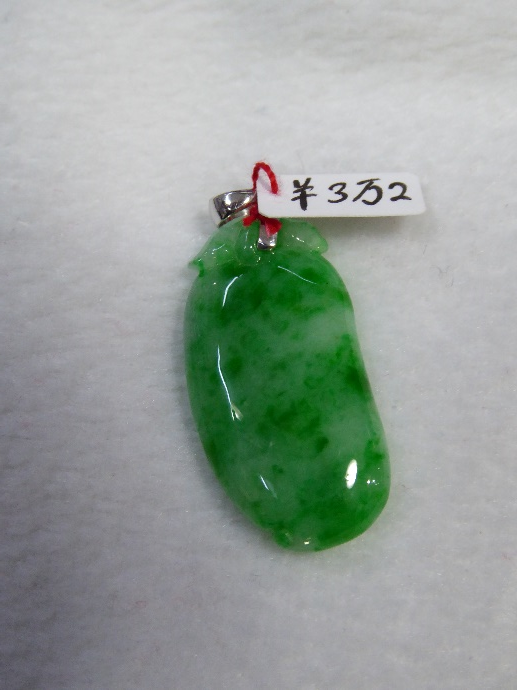
National Gem Museum
This museum, on the top floor of an older office building in Yangon, is basically one large room that demonstrates the broad range of minerals and gemstones found in Myanmar. About half of the room is dedicated to jade, with the remainder showing many of the ore minerals that are found in all parts of the country. On the lower floors of the building are government-approved vendors selling both tourist items and low-value products. There are a few vendors with some very cool minerals, including some large non-gemmy sapphire crystals, chucks of ruby and spinel crystals, and Myanmar’s unique red “mushroom” tourmaline – but none like the exceptional specimen shown below.
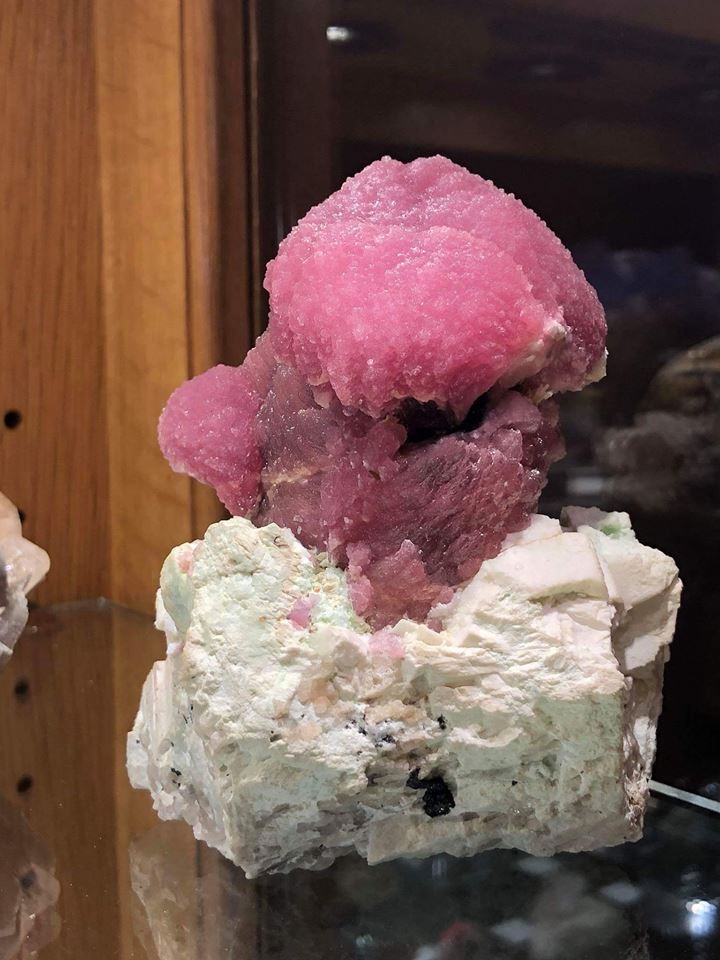
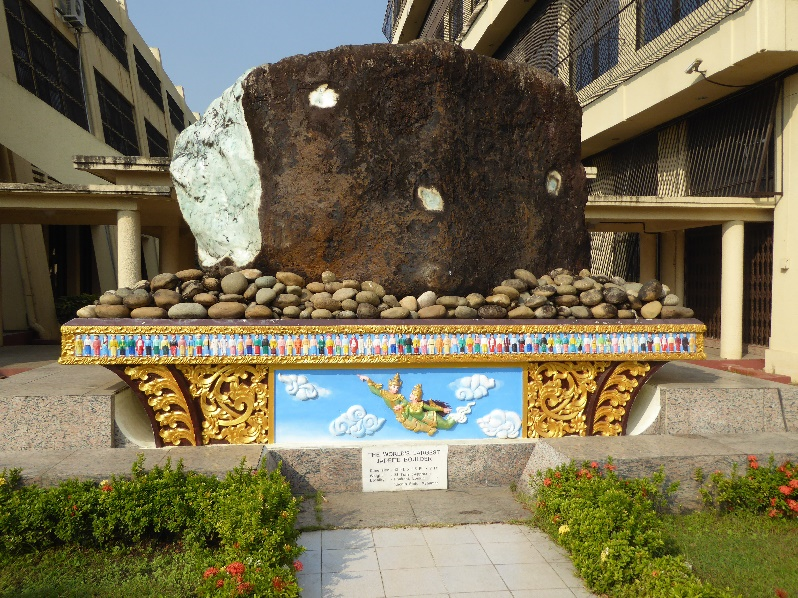
All photos by Ken Rock, except as noted.
